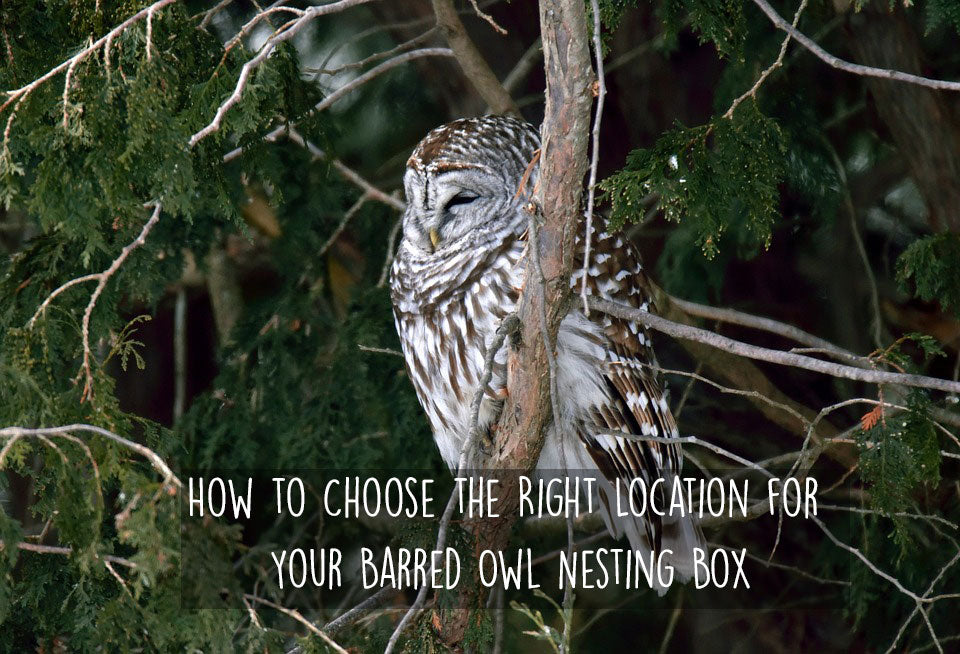Offer
Provide additional details about the offer you're running.
Provide additional details about the offer you're running.
Provide additional details about the offer you're running.

Without a terrible amount of snow on the ground and temperatures that are still quite bearable, now is a great time of year to get outdoors, fill those feeders or even hang a brand-new nesting box.
When it comes to late fall birding, we love getting set up for owls, particularly our barred owls. As one of the more popular owl species here in Ontario, they are plentiful here in the Ottawa area but getting the opportunity to spot one can definitely take a little bit of work.
These large raptors are reclusive by nature (as are most owls), often most active during the night. That said, these majestic owls are often spotted on their perch during daylight hours, catching up on their rest ahead of their busy evening activities.
The opportunity to spot and get somewhat close to a barred owl is typically reserved for areas that already have a decent amount of human foot traffic such as public areas, parks and forest trails. Outside of that, barred owls will often retreat at the sound of human footsteps or any other disturbances.
Hanging Barred Owl Boxes
We have talked at length about how to hang these boxes but wanted to take the opportunity to expand a little bit more on how to select the right location. Luckily for us, eastern Ontario has the perfect habitat scattered throughout the region, so you never have to go too far.
These owls loved mixed forests that feature large trees mature enough to have ample opportunity for natural nesting cavities.
These older growth forests also home to a larger diversity of prey such as small animals, including squirrels, chipmunks, mice, voles, rabbits, birds, amphibians, reptiles, and invertebrates.
Once you’ve found a good mature plot of woodlands, next would be to locate the nearest water source, preferably a swamp or marsh of some kind. Again, these regions tend to yield the high populations of prey for these owls, hence why they tend to hang around them so often.
We tend to find a somewhat open stand of mature hardwoods about 200 yards away from a swamp or wetland area and pick a pair of trees to hang our box.
As we stated above, if you ever head back to check on your nesting box throughout the year, be sure to approach with absolute caution and to give these birds the distance and respect they deserve at all times.
High Quality Blend